A guide to choosing the perfect hiking footwear
Hiking is an exhilarating experience, but blisters and aching feet can quickly turn a scenic journey into a painful ordeal. Choosing the right footwear is crucial for comfort, safety, and performance on the trail. This guide explores the key considerations for selecting the ideal hiking shoes or boots, ensuring your feet stay happy and ready for every step.
Sizing up for comfort and protection
While hiking shoes typically come in the same size range as regular shoes, a slightly larger size is usually recommended for optimal comfort and performance. Here’s why:
1. Swelling Feet: During a hike, your feet naturally swell due to increased blood flow and exertion. This can cause toes to rub against the shoe, leading to blisters, pain, and even toenail damage. A slightly larger shoe provides wiggle room to accommodate this swelling, ensuring your toes stay comfortable and protected.
2. Thicker Socks: Unlike everyday shoes worn with thin socks, hiking boots are paired with thicker, cushioned socks for warmth, moisture management, and impact protection. These socks occupy more space in the shoe, so a larger size helps accommodate the added bulk without compromising fit.
3. Downhill Impact: Hiking often involves descents, which put significant pressure on your toes. Having enough space in the shoe allows your toes to spread naturally, absorbing the impact and reducing the risk of damage.
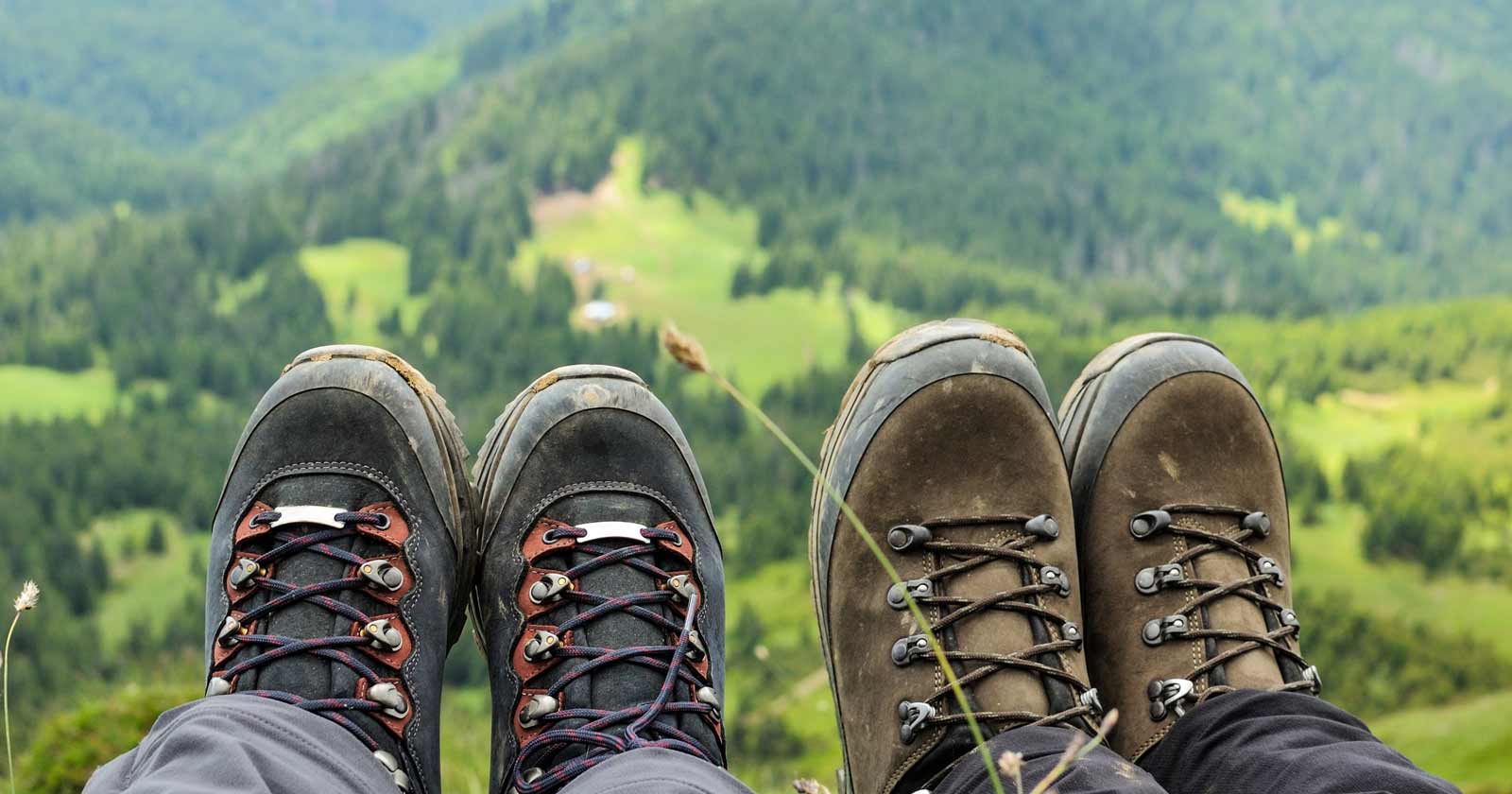
How much bigger should your hiking shoes or boots be?
Generally, going up by half a size is a good starting point. I’m generally choose an 8.5 (EU 42) for my day to day shoes, but my hiking shows/boots are a 9.5 (EU 43). However, the ideal size can vary depending on individual factors like:
- Foot shape: Wide feet may need a full size larger for adequate width.
- Sock thickness: Thicker socks might require slightly more space.
- Personal preference: Some prefer a snugger fit for better control, while others prioritize extra wiggle room for comfort.
Here’s some tips to ensure a proper fit
- Shop for boots late in the day as your feet will be a little swollen, just like they will be after walking a long distance.
- Try on hiking shoes with the socks and sock layering that you intend to be using later.
- Walk around in the shoes to feel for pressure points or tightness.
- Test the flex of the sole at the ball of the foot (allow for initial stiffness).
- If one foot is larger than the other (which is not unusual), fit the larger one first. For the smaller foot you can later compensate with socks.
- When laced firmly, the lace holes must be well separated.
- The heels should not rise in the boots during knee bends.
- No side movement of the ball of the foot should be noticeable.
- Ensure your toes don’t touch the end of the shoe when standing on your tiptoes. Your toes must be free to wriggle and should not touch the front of the boots. Leave about a thumb’s width gap between your longest toe and the end of the shoe.
- Get professionally fitted for personalised advice, especially for complex foot shapes or specific needs.
Remember, a well-fitting hiking shoe is crucial for a safe and enjoyable experience. Don’t hesitate to spend extra time finding the perfect fit that balances comfort, protection, and performance.
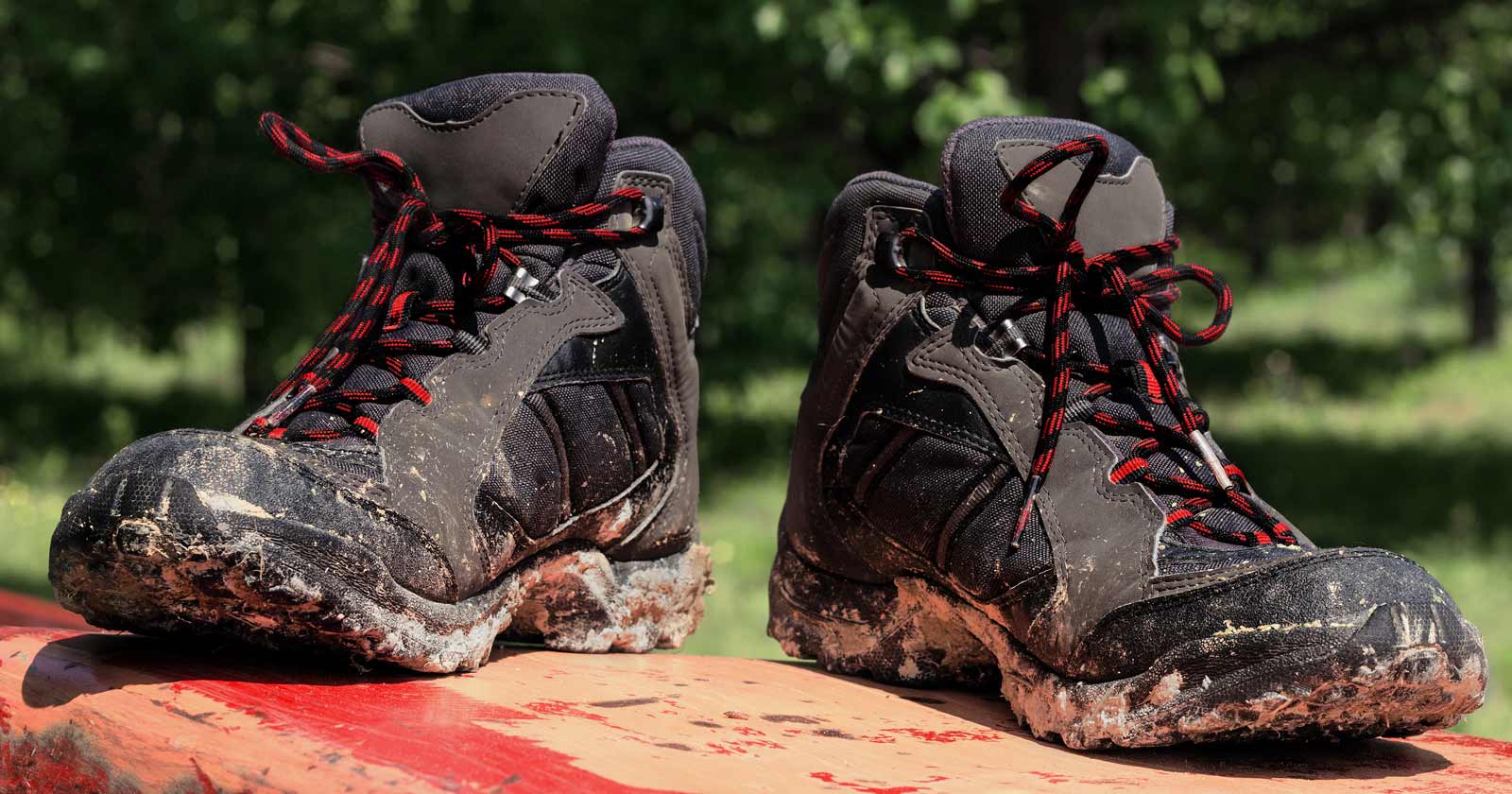
Tips for different foot types and sock thicknesses
I’ve already mentioned different foot shapes and sock thicknesses, but let’s dive deeper with specific recommendations:
Foot shape
Wide feet: Don’t just size up by half, consider going a full size or brands known for wider fits like La Sportiva, Keen, or Salomon “Wide” options. Remember, wider toe boxes are crucial.
Narrow feet: Finding a snug fit without compromising comfort can be tricky. Try on different brands and models like Salomon or Scarpa, known for narrower fits. Don’t be afraid to experiment.
High arches: Look for shoes with good arch support and higher volume to accommodate your unique arch shape. Brands like Brooks or Hoka One One offer excellent arch support in various models.
Sock thickness
Lightweight socks: Remember, even with thinner socks, you still need room for toe wiggle and comfortable movement. Ensure a snug fit without constriction.
Heavyweight socks: Add an extra half size to accommodate the bulk and maintain proper toe wiggle room. Brands like Darn Tough or Smartwool offer fantastic cushioned hiking socks.
Remember: These are general guidelines. Experiment, try different brands, and prioritise personal comfort above all else.
Brand differences
Sizing across brands can also be a bit of an adventure. Different brands have unique fit systems and lasts (the mold the shoe is built on). This means a size 9 in one brand might not feel the same in another. Footwear of hiking is important as you will spend most of your time on your feet, so I always recommend embracing the try-on: Visit stores and try on shoes from various brands. Find what feels best for your foot shape and preference. Consult online resources as many brands offer detailed sizing guides and width options on their websites.
Finding the perfect fit is a journey. Choosing the perfect hiking footwear doesn’t have to be a daunting task. Remember, comfort and support are paramount, so prioritize fit over fashion. Don’t hesitate to experiment with different brands and styles to find the ideal companion for your feet. Embrace the “try-on” journey, and most importantly, have fun on your next adventure.
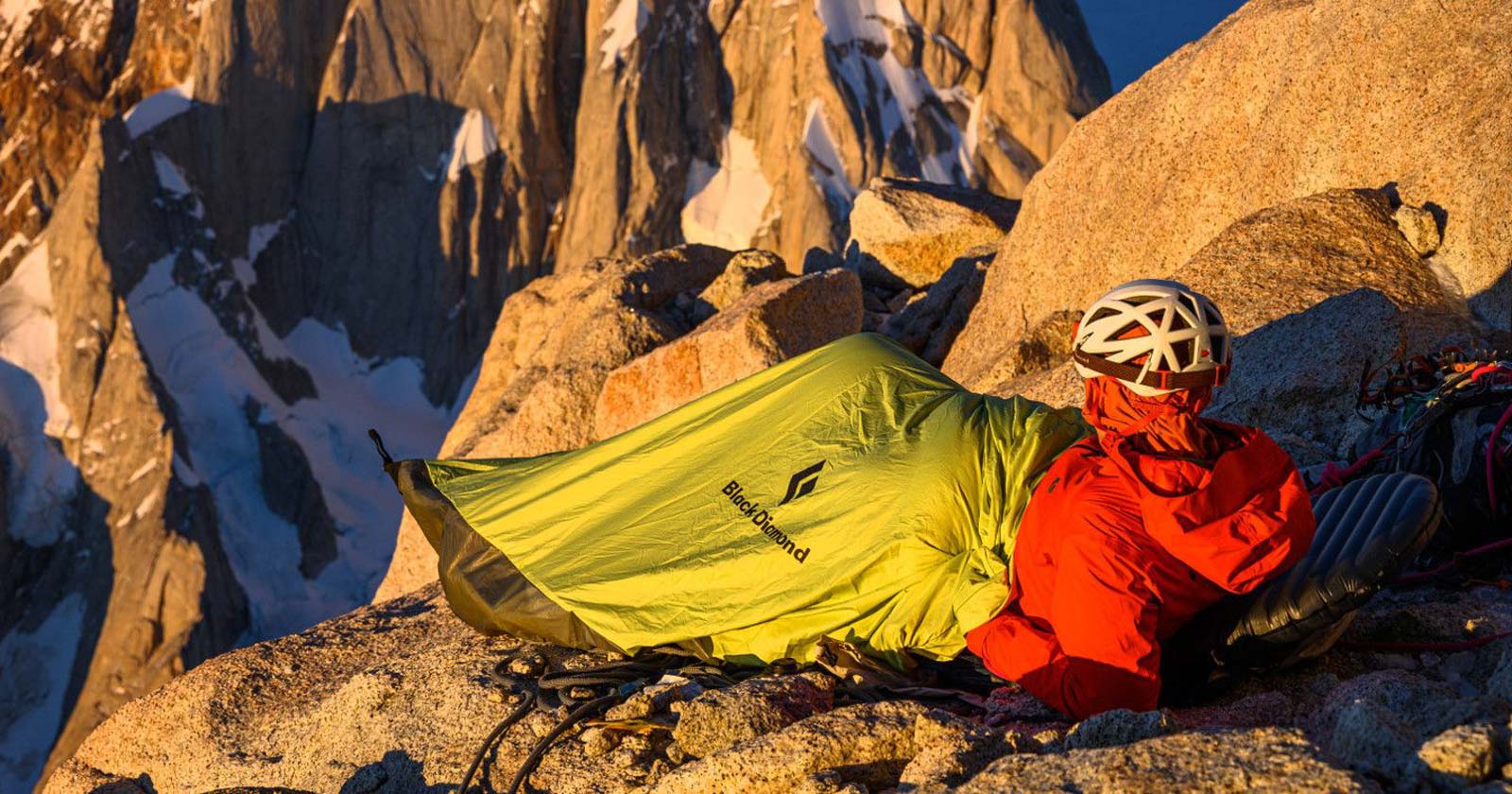
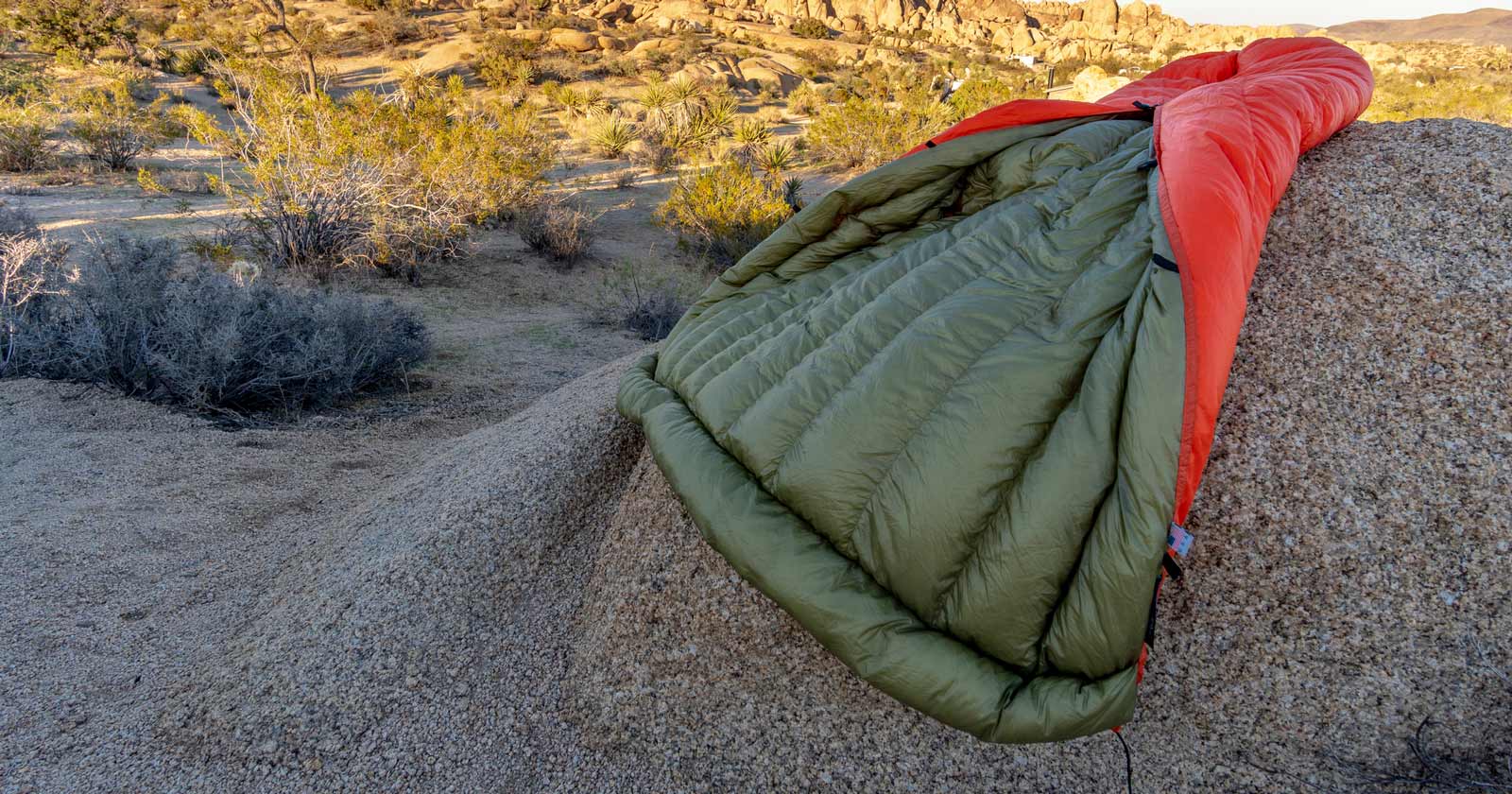
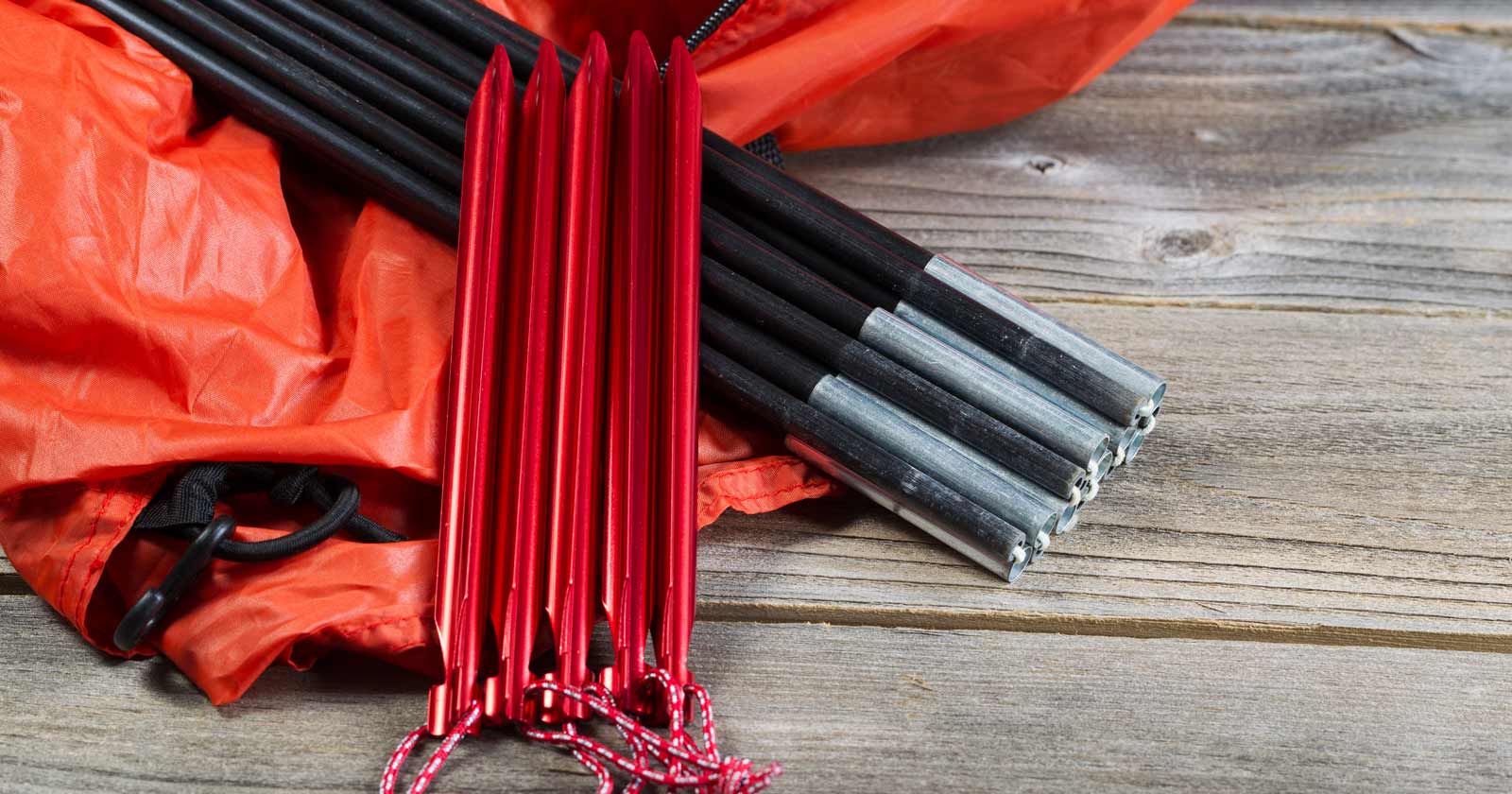



Al Mountbatten
Tanya Barker FYI
Thanks Sue ?
Andrew Taylor
Lisa Aroney
Great article